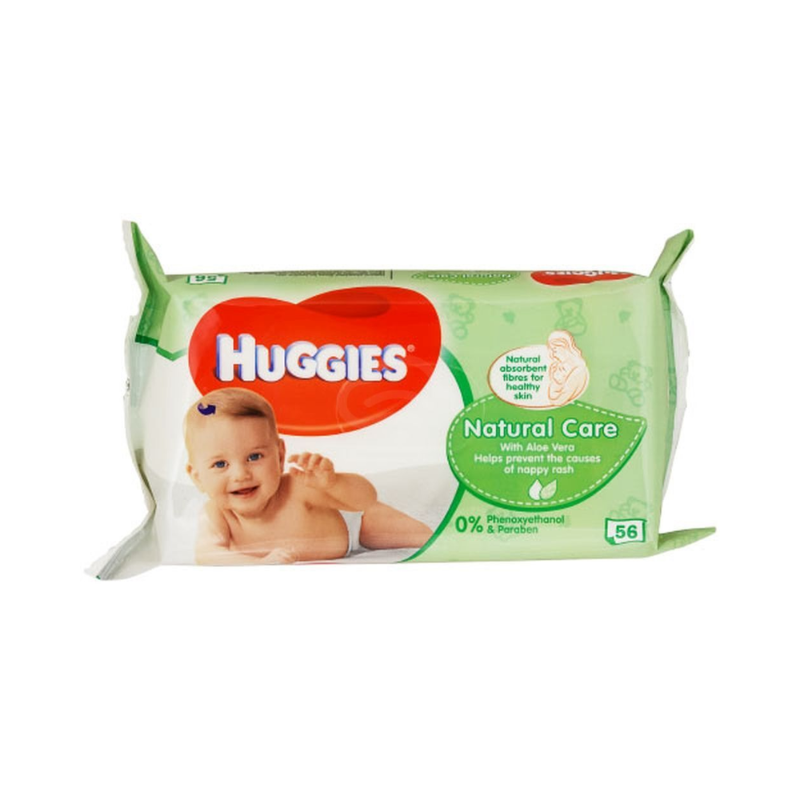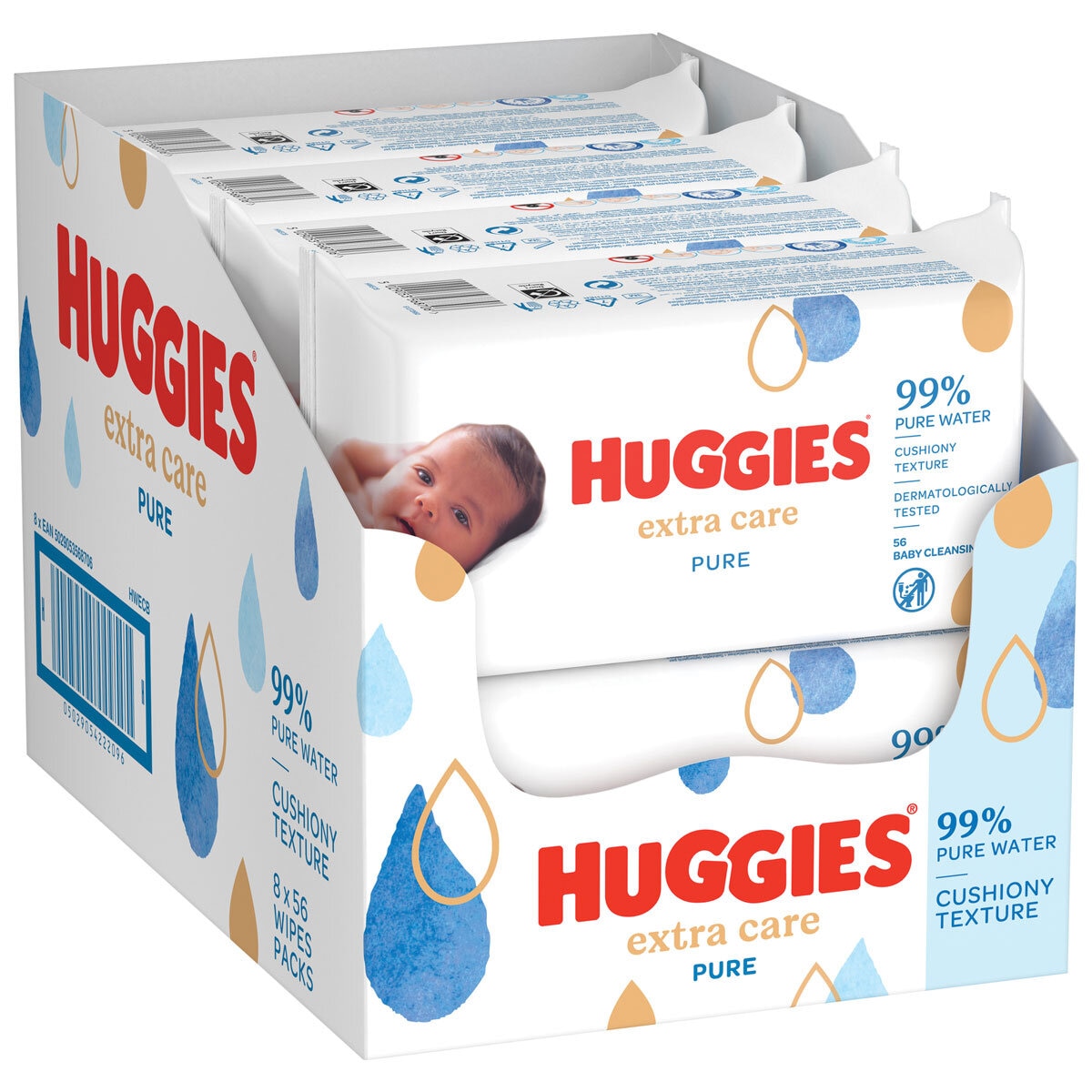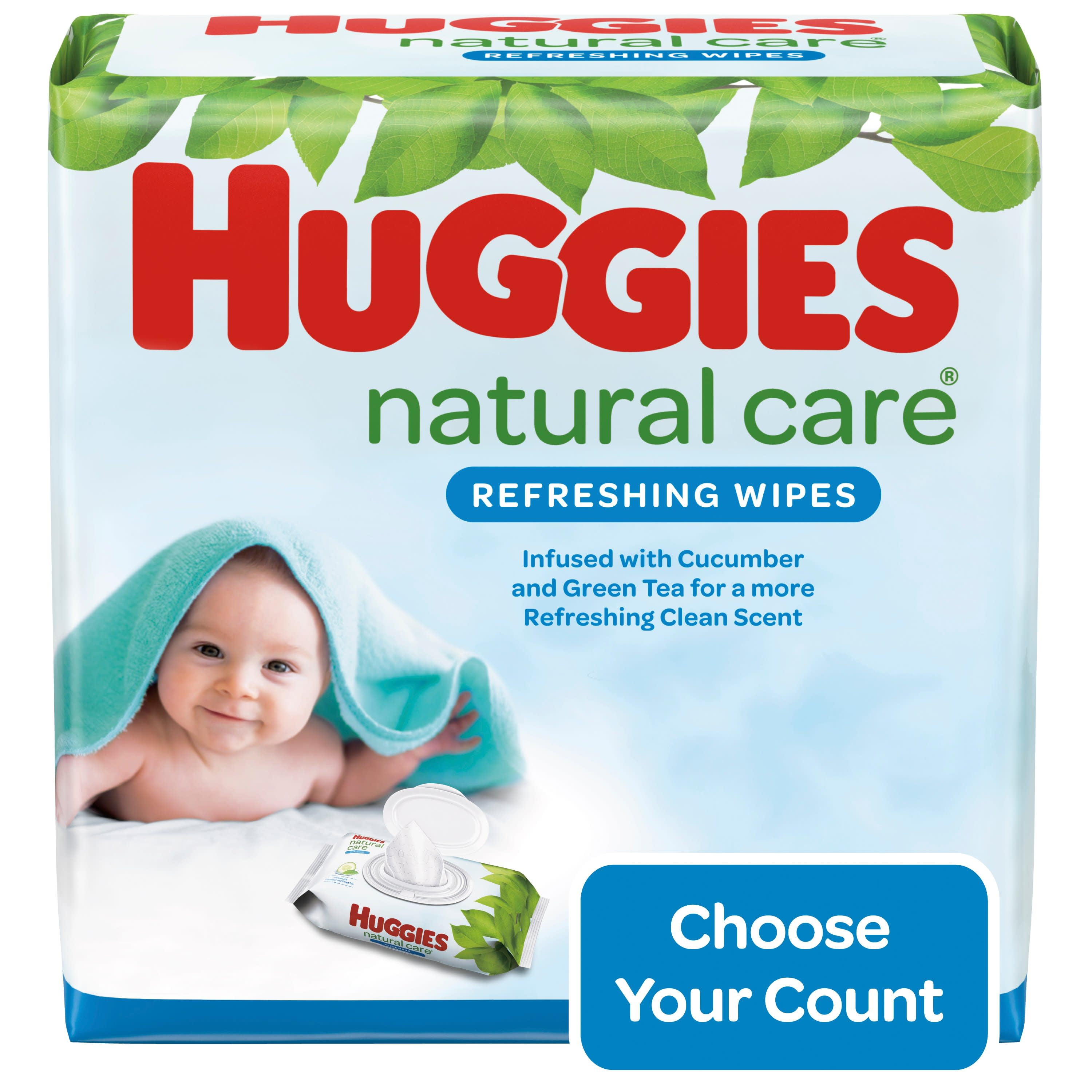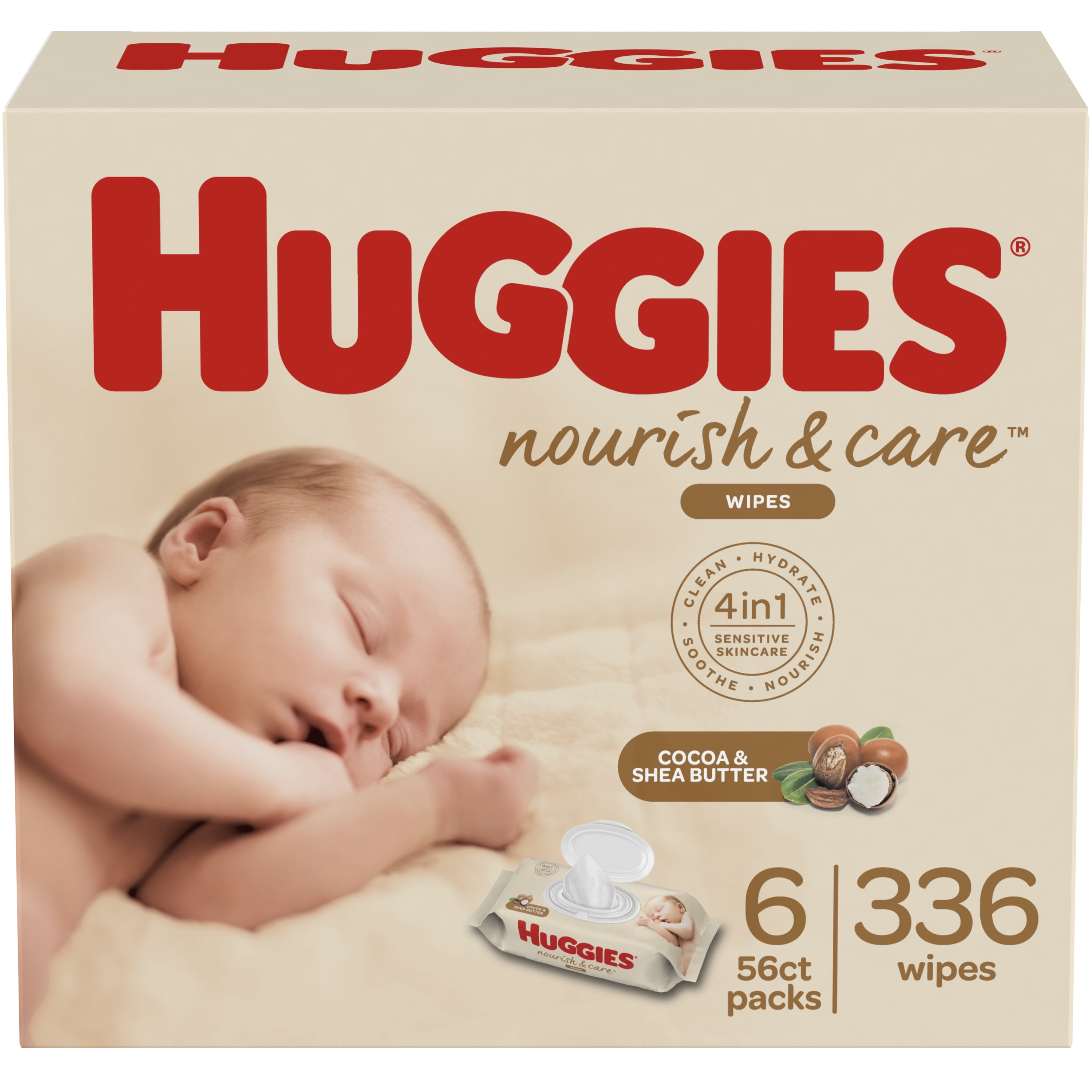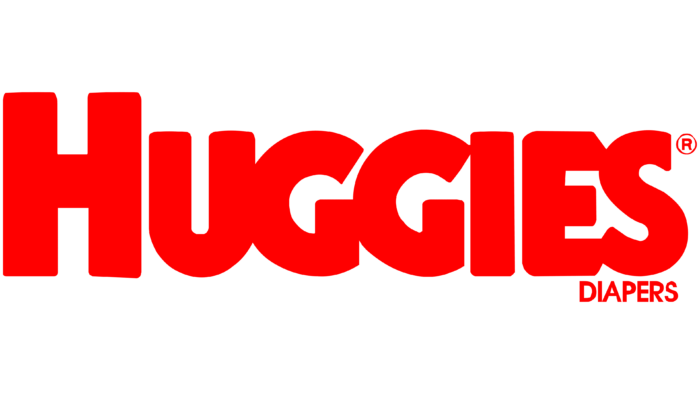Evaluate The Baby Care Company Huggies On Environmental Impact
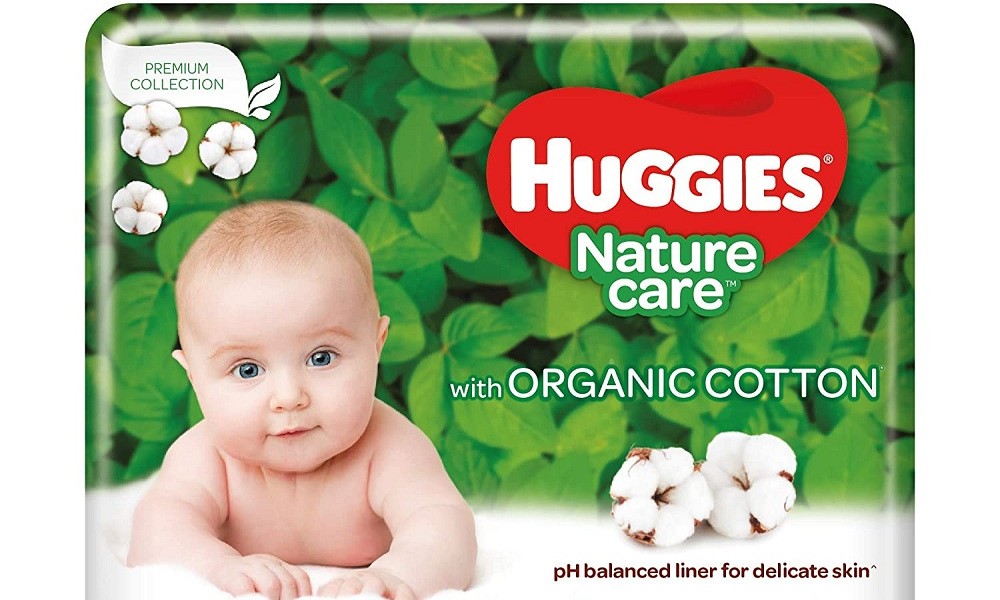
Imagine a world where the gentle touch of a diaper on a baby’s skin doesn’t come at the expense of our planet. Sunlight streams through the nursery window, illuminating a little one cooing contentedly. But beyond that idyllic scene, a question lingers: how sustainable is the very product keeping that baby dry and comfortable? This question leads us to an exploration of the environmental impact of Huggies, a brand synonymous with baby care around the globe.
Huggies, a leading brand in the diaper industry owned by Kimberly-Clark, faces increasing scrutiny regarding its environmental footprint. This article delves into Huggies’ sustainability initiatives, analyzes its challenges, and explores the broader implications of its practices for the future of baby care and environmental responsibility. Ultimately, it assesses how well the brand is balancing the needs of today's babies with the needs of tomorrow's planet.
A History of Comfort, a Growing Concern
For decades, Huggies has been a trusted name, providing comfort and convenience to parents worldwide. But the convenience of disposable diapers has a significant environmental cost. Millions of diapers end up in landfills every year, contributing to waste and greenhouse gas emissions.
The production process itself is resource-intensive. It requires raw materials like wood pulp, plastics, and superabsorbent polymers. These materials often come with their own environmental consequences, from deforestation to the extraction of fossil fuels.
Kimberly-Clark's Sustainability Journey
Recognizing the growing concern, Kimberly-Clark, the parent company of Huggies, has embarked on a sustainability journey. The company has publicly stated its commitment to reducing its environmental impact. This includes reducing greenhouse gas emissions, sourcing materials responsibly, and minimizing waste.
Kimberly-Clark's 2030 goals include reducing its natural forest footprint by 50% and sourcing 100% of its electricity from renewable sources. They also aim to make 100% of their packaging recyclable, reusable, or compostable. These are ambitious targets, reflecting a growing awareness of the need for change.
Analyzing the Environmental Impact
To understand Huggies' true environmental impact, several key areas need to be examined. These include resource consumption, manufacturing processes, waste management, and supply chain practices.
Resource consumption is a significant factor. Diapers require large quantities of wood pulp for the absorbent core and plastics for the outer layers and closures. Sourcing these materials sustainably is crucial.
Manufacturing processes also contribute to environmental impact. The energy used in manufacturing, the water consumed, and the emissions released all play a role. Improving energy efficiency and reducing water usage are key priorities.
Waste management is perhaps the most visible environmental challenge. Disposable diapers take hundreds of years to decompose in landfills. Finding alternatives to landfill disposal, such as composting or recycling, is essential.
Supply chain practices are another important consideration. Ensuring that suppliers adhere to sustainable practices is vital for reducing the overall environmental footprint. This includes promoting responsible forestry, ethical labor practices, and environmental stewardship.
Specific Initiatives and Innovations
Huggies has introduced several initiatives aimed at mitigating its environmental impact. These include the development of more sustainable materials and the introduction of diaper recycling programs.
One example is the use of plant-based materials in some of its diaper lines. While not entirely plastic-free, incorporating materials like sustainably sourced wood pulp and bio-based polymers can reduce the reliance on fossil fuels.
Huggies has also explored diaper recycling programs in some regions. These programs aim to divert diapers from landfills and recycle them into other products. However, these programs are often limited in scope and face logistical challenges.
"We recognize the urgency of environmental issues and are committed to making a positive impact through our products and operations." - Kimberly-Clark Sustainability Report
Challenges and Criticisms
Despite these efforts, Huggies faces ongoing challenges and criticisms. One major criticism is the lack of widespread diaper recycling infrastructure.
While pilot programs exist, they are not readily available to most consumers. This means that the vast majority of Huggies diapers still end up in landfills.
Another challenge is the limited availability of truly biodegradable diapers. While some diapers are marketed as "eco-friendly," they often contain a significant amount of plastic and do not fully decompose.
Critics also point to the company's reliance on single-use products. Despite efforts to improve sustainability, the fundamental model of disposable diapers remains inherently wasteful. Sustainable alternatives, such as cloth diapers, offer a more environmentally friendly option but require more effort and commitment from parents.
The Broader Context: The Future of Baby Care
Huggies' environmental impact is part of a larger discussion about the future of baby care. Consumers are increasingly demanding more sustainable products and practices.
Parents are looking for options that are both safe and environmentally responsible. This is driving innovation in the diaper industry and beyond.
The rise of cloth diapers, reusable wipes, and other eco-friendly baby products reflects this growing demand. These alternatives offer a way to reduce waste and minimize the environmental footprint of baby care.
Looking Ahead: Opportunities for Improvement
Huggies has the opportunity to further improve its environmental performance in several key areas. One area is to invest more in research and development of truly biodegradable diapers.
Another opportunity is to expand diaper recycling programs and make them more accessible to consumers. This would require collaboration with municipalities and waste management companies.
Huggies could also promote the use of sustainable alternatives, such as cloth diapers, and provide educational resources to parents. This would demonstrate a commitment to environmental responsibility beyond just its own products.
Furthermore, increasing transparency about its supply chain and manufacturing processes is key. This helps consumers make informed decisions.
Conclusion: A Call for Balance and Innovation
Evaluating Huggies' environmental impact reveals a complex picture. The company has made progress in reducing its environmental footprint. However, significant challenges remain.
The future of baby care requires a balance between convenience, affordability, and environmental responsibility. Innovation is essential for developing more sustainable products and practices.
Ultimately, Huggies, along with other players in the industry, has a responsibility to lead the way towards a more sustainable future. This requires a commitment to continuous improvement, collaboration with stakeholders, and a willingness to embrace new technologies and approaches. As consumers become more environmentally conscious, the demand for sustainable baby care products will only continue to grow, making it essential for companies like Huggies to prioritize environmental stewardship. The gentle touch on a baby's skin should be mirrored by a gentle touch on our planet.








